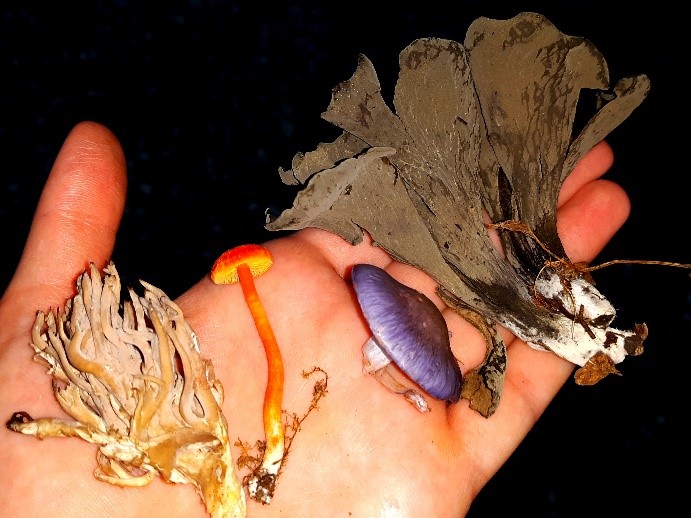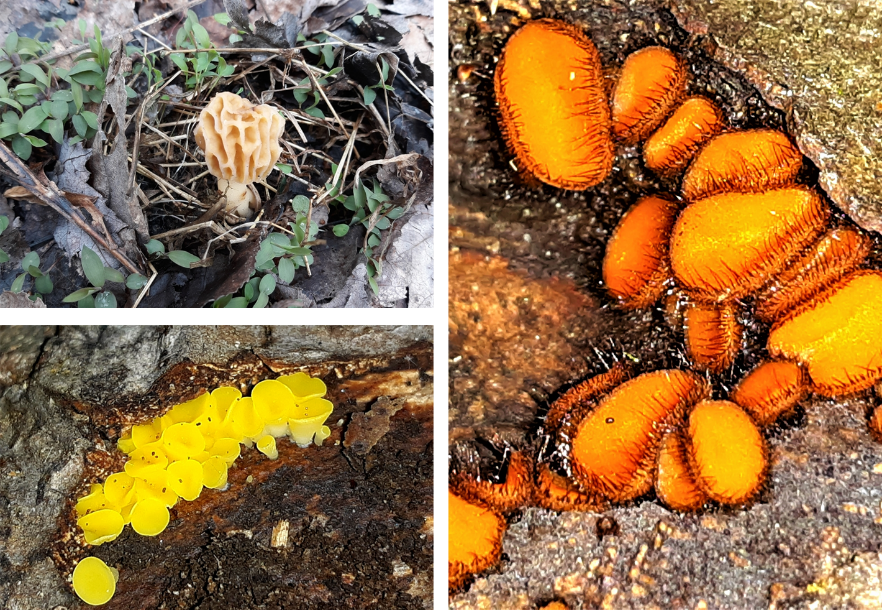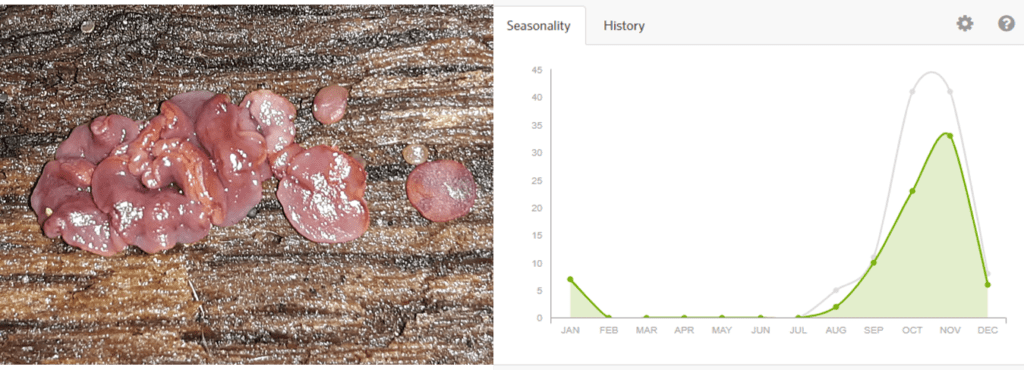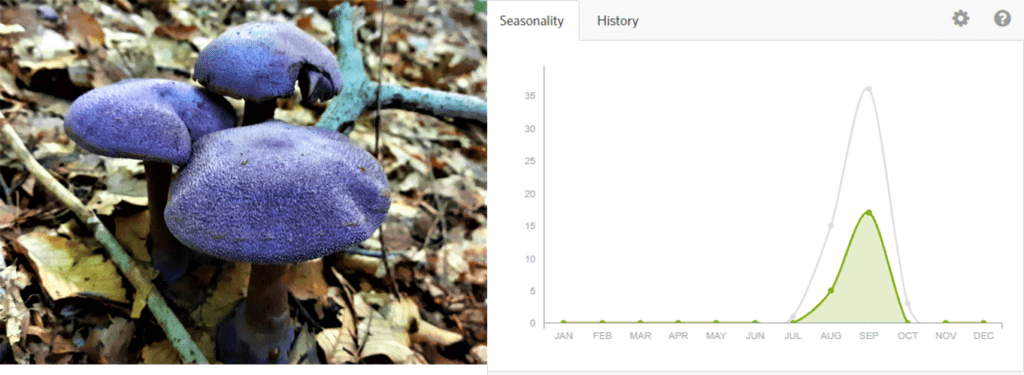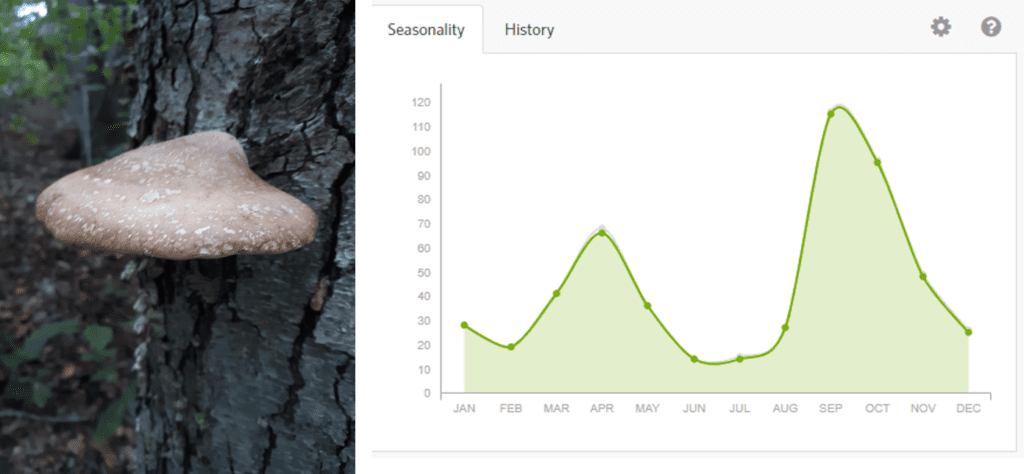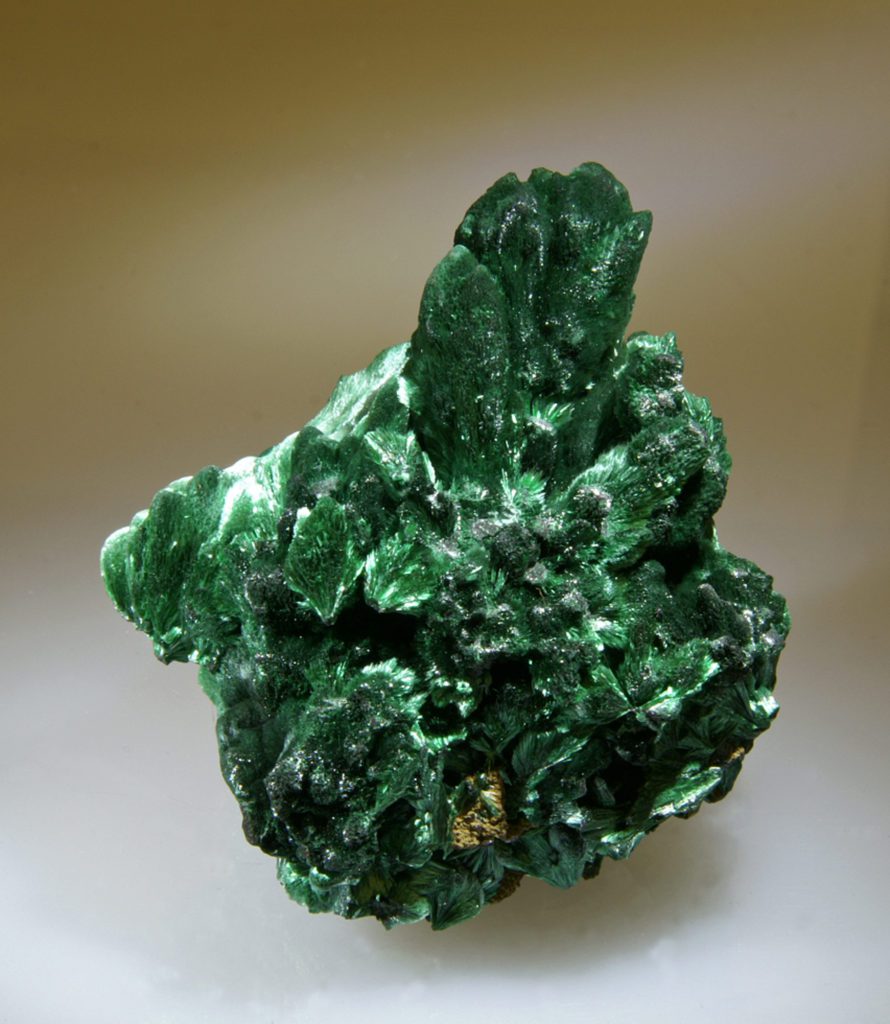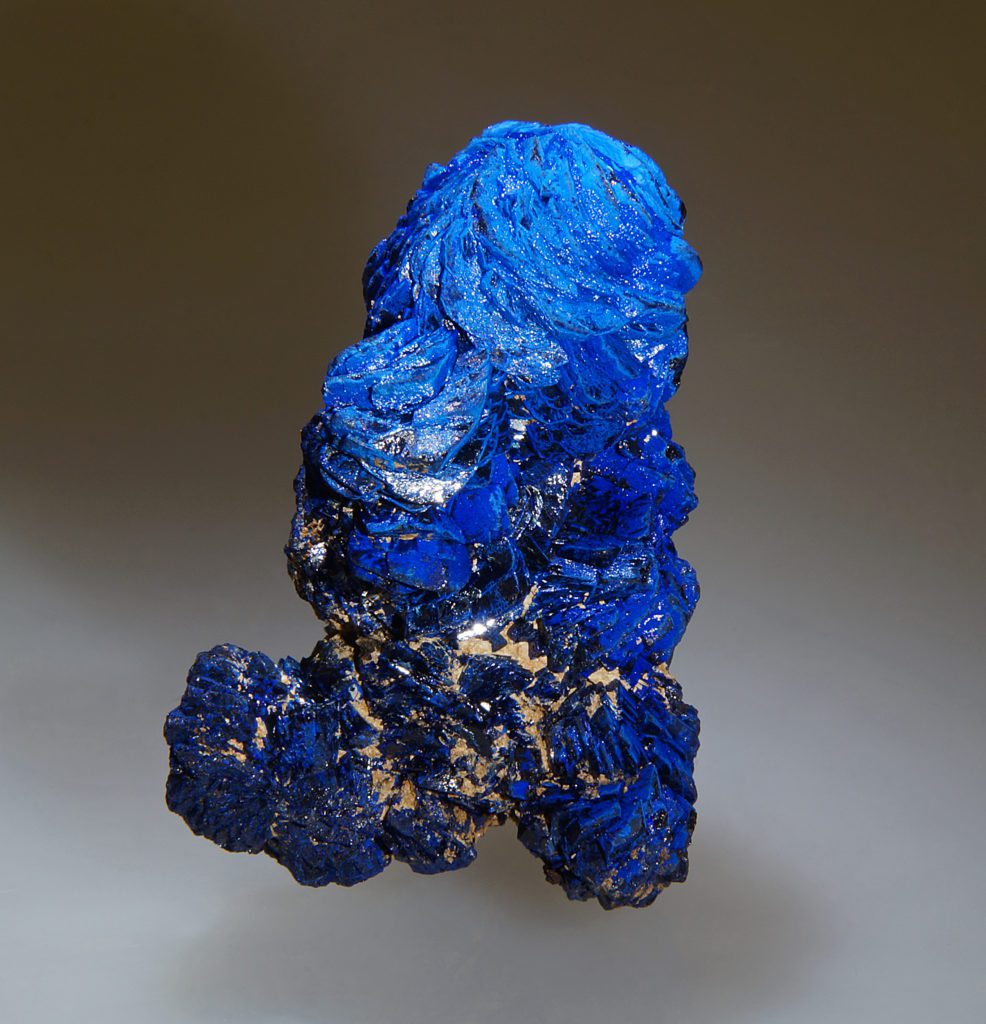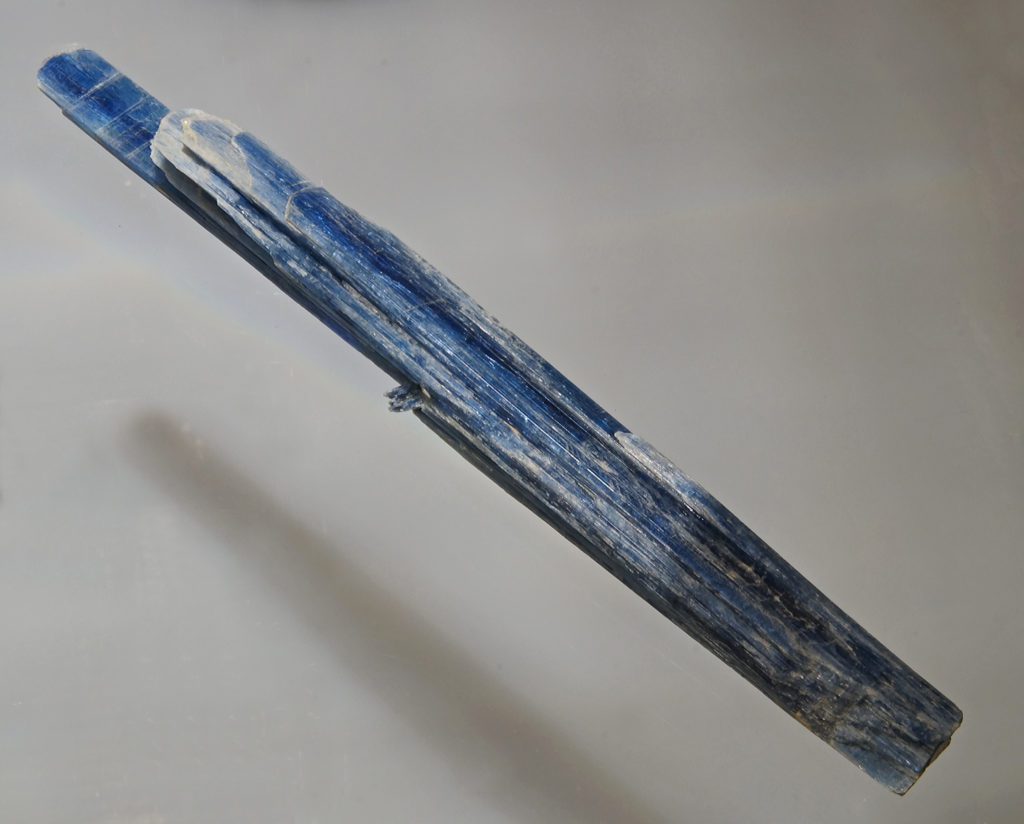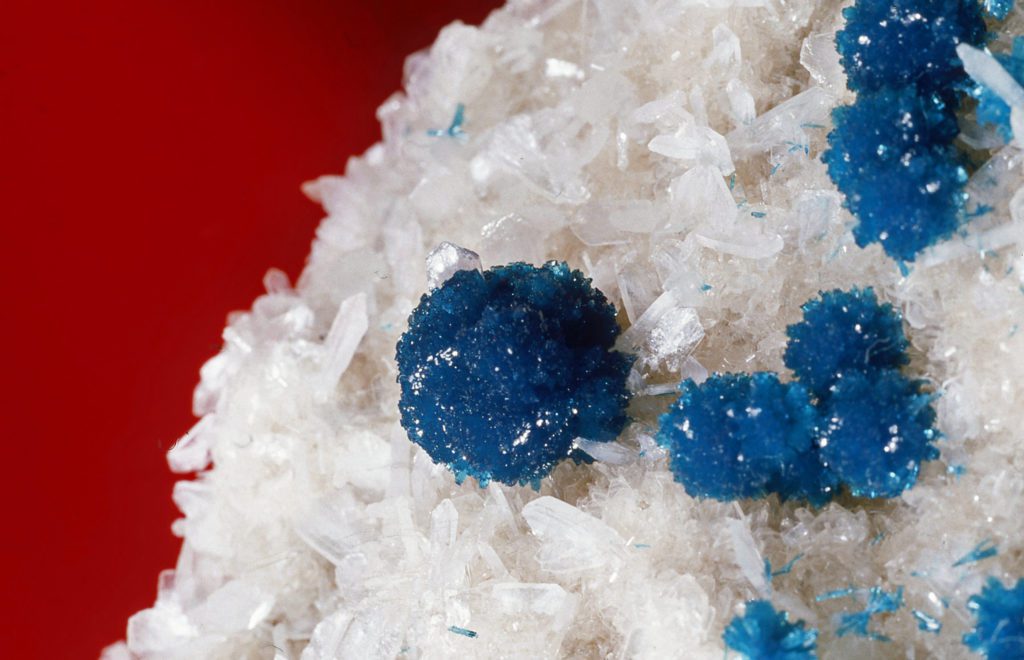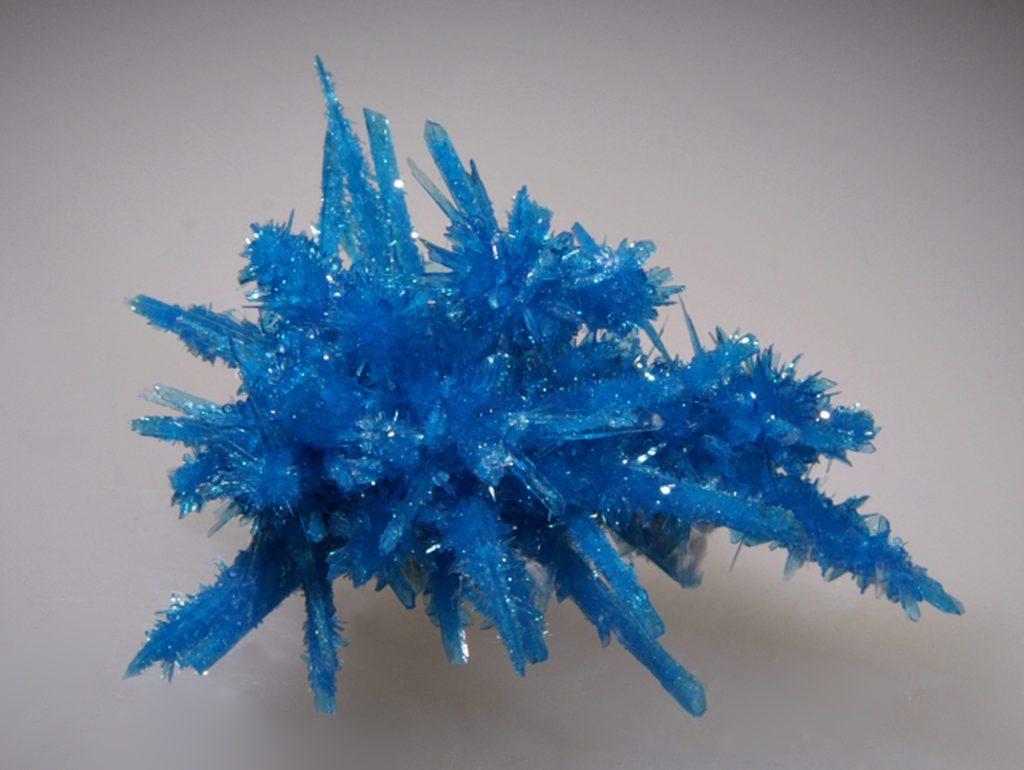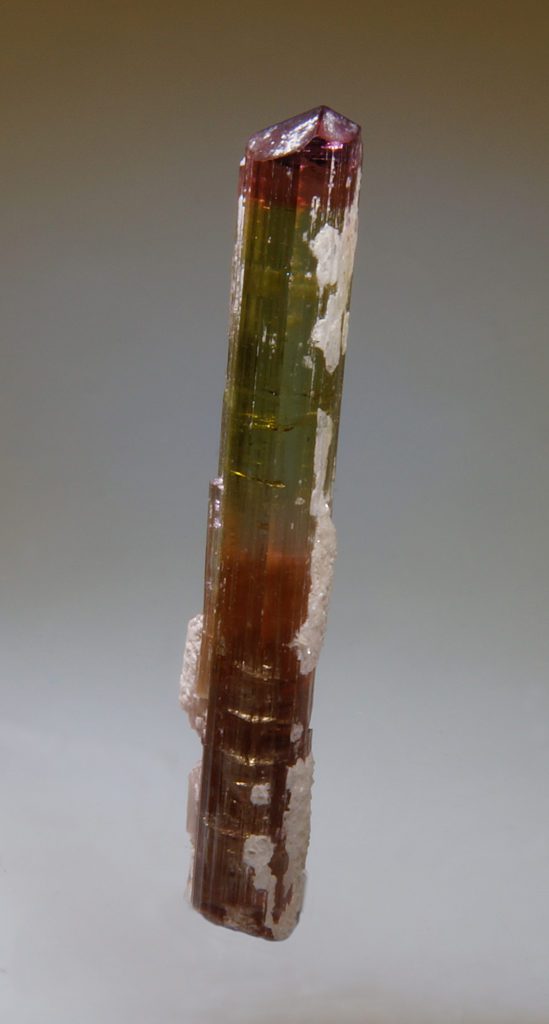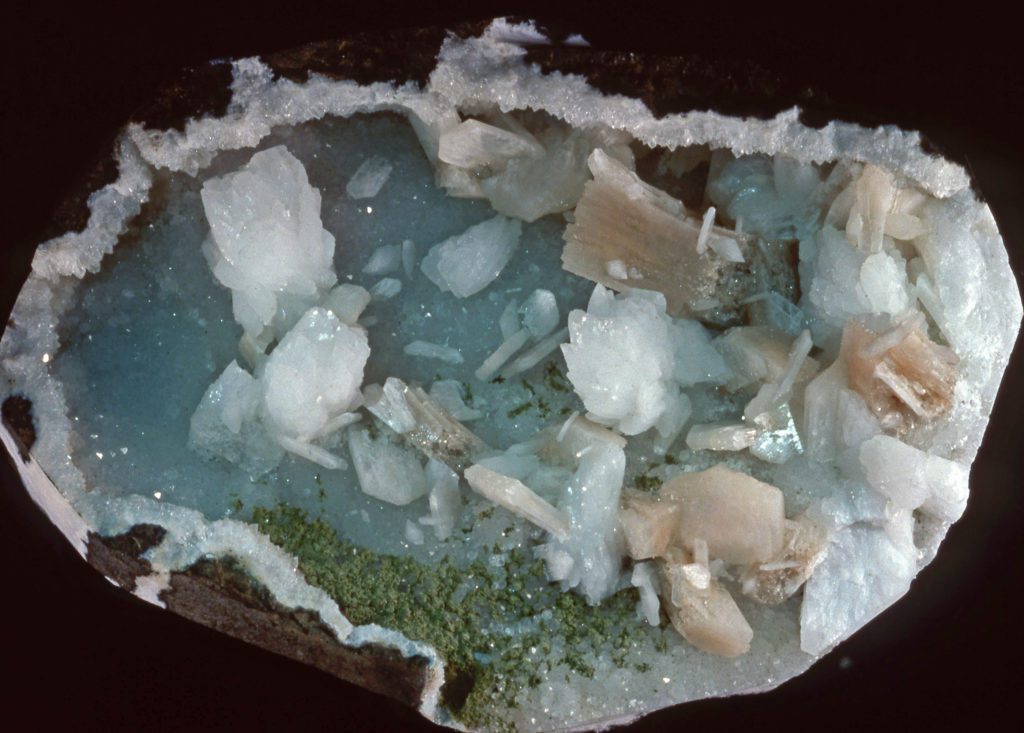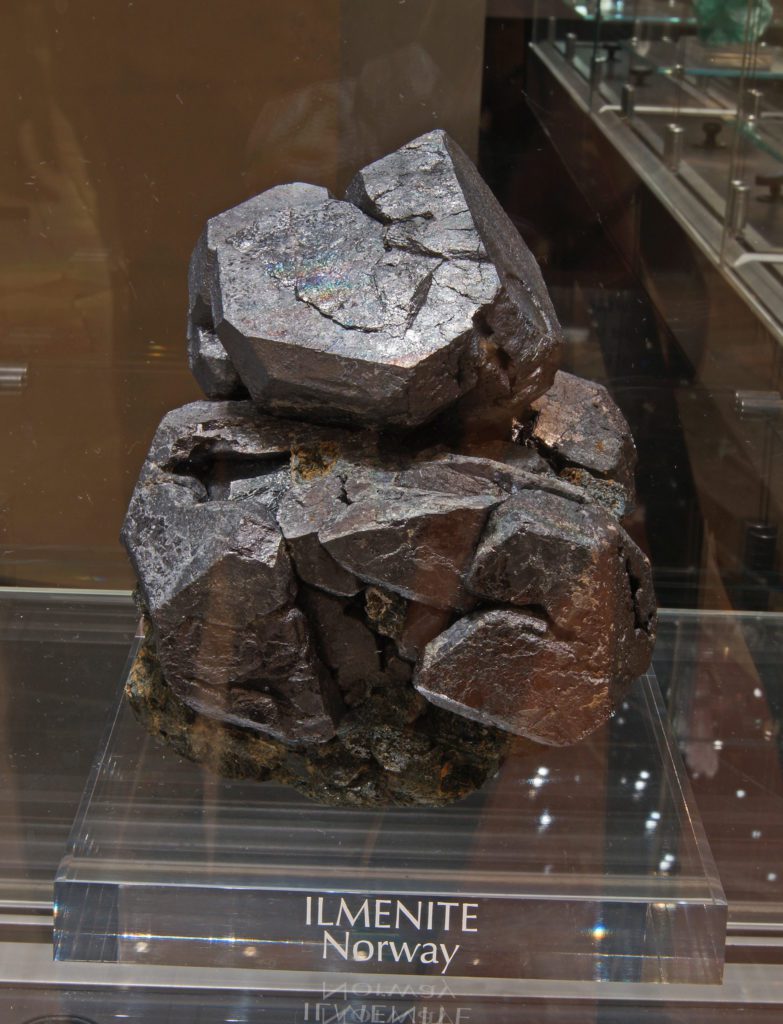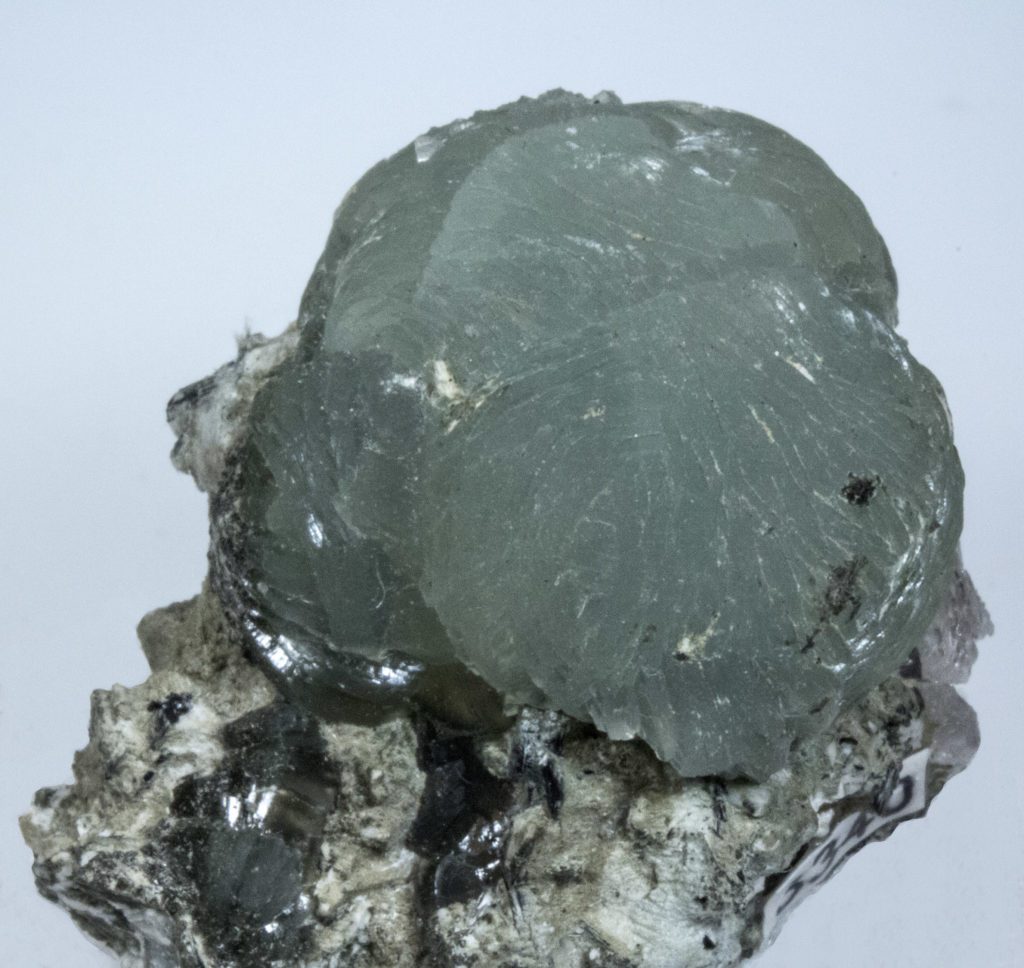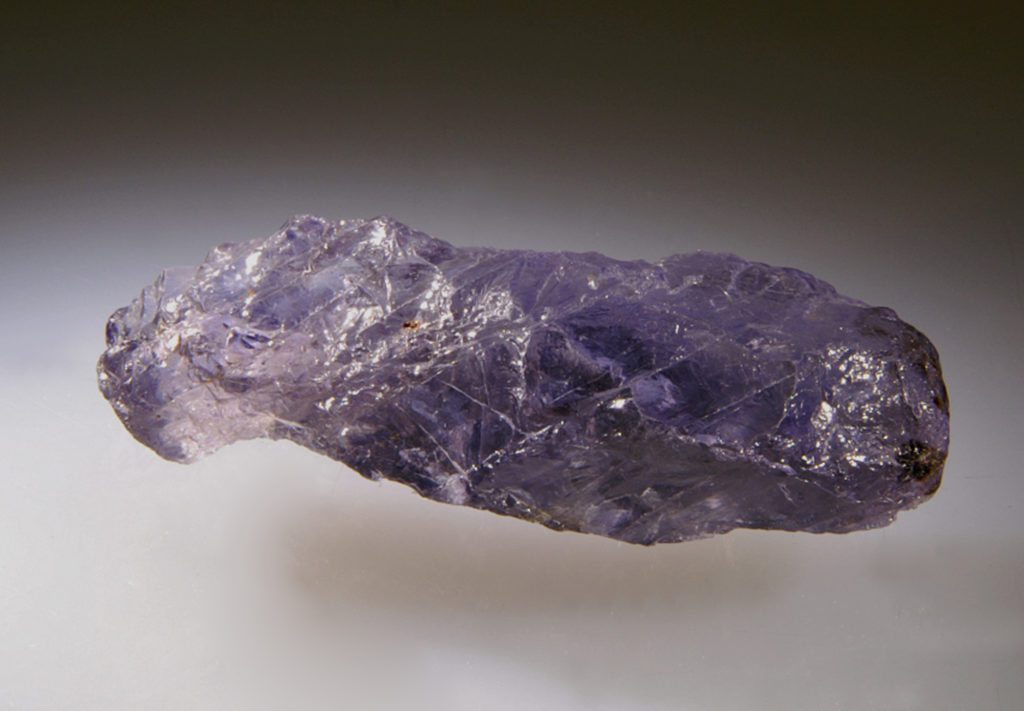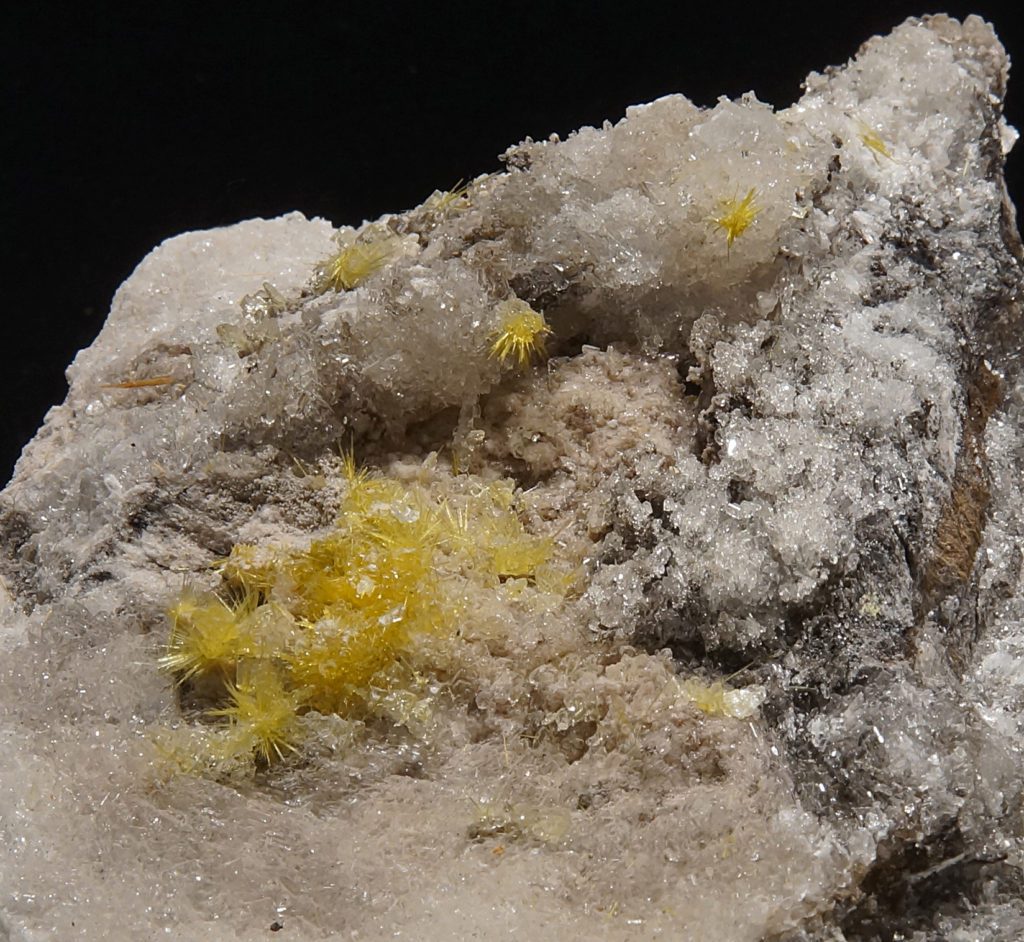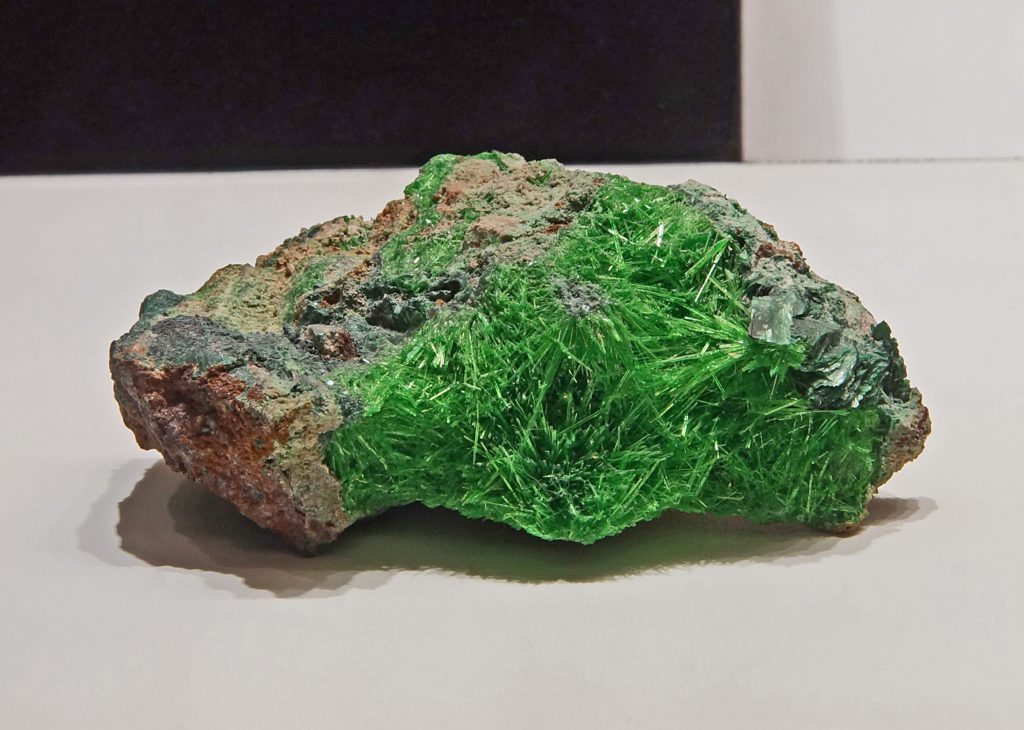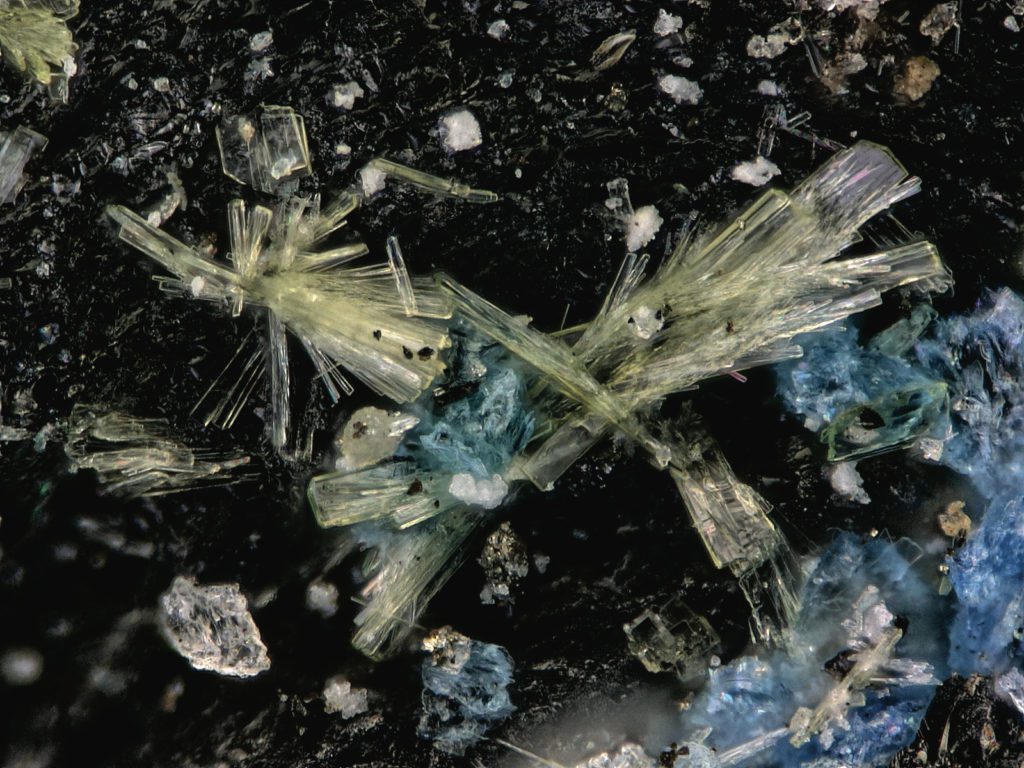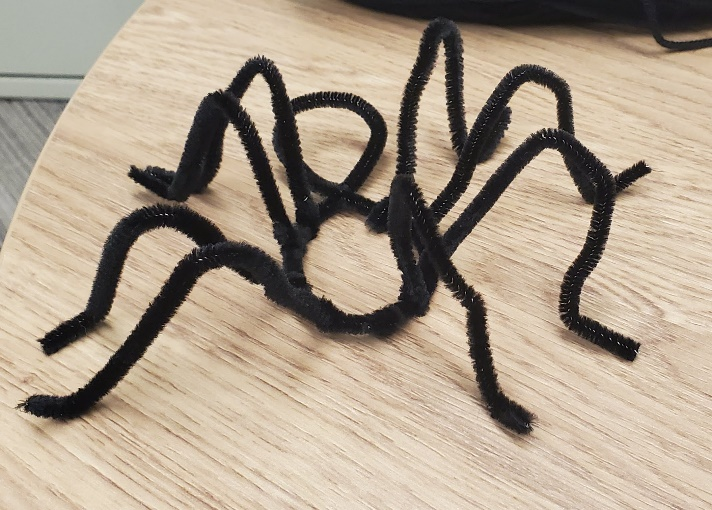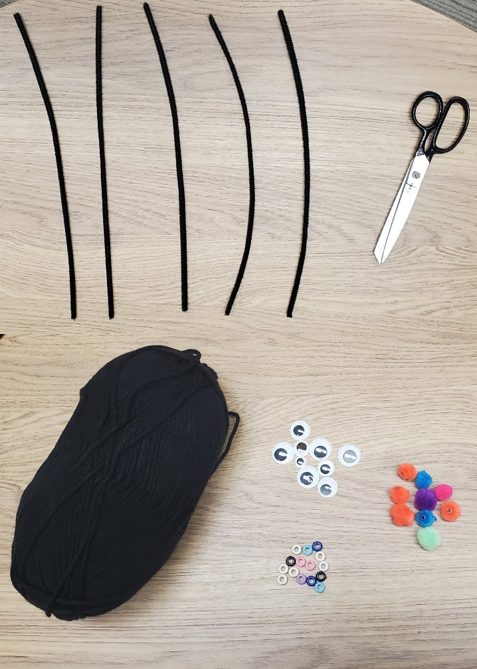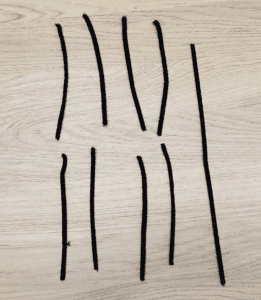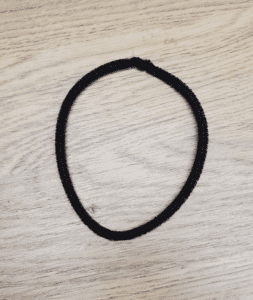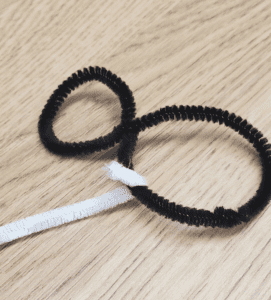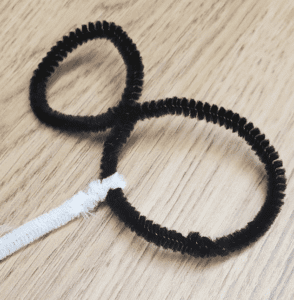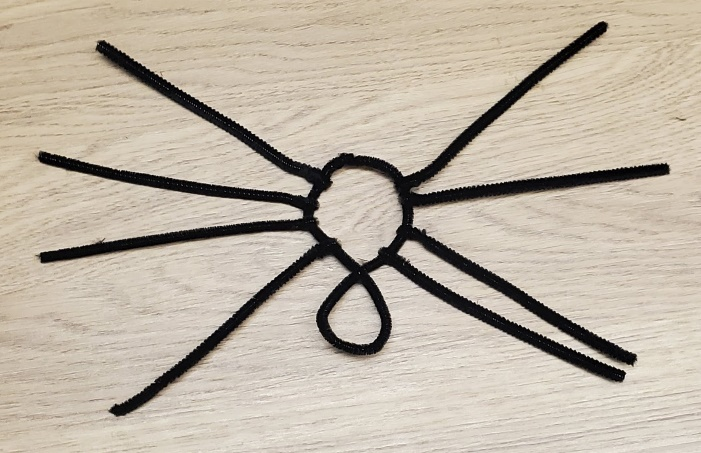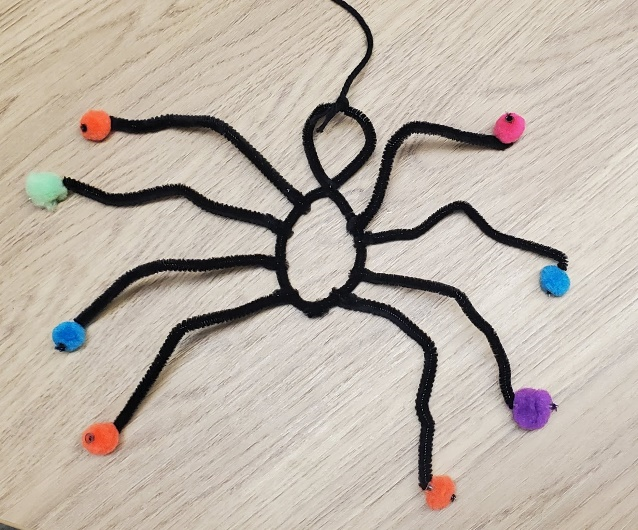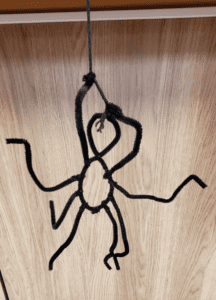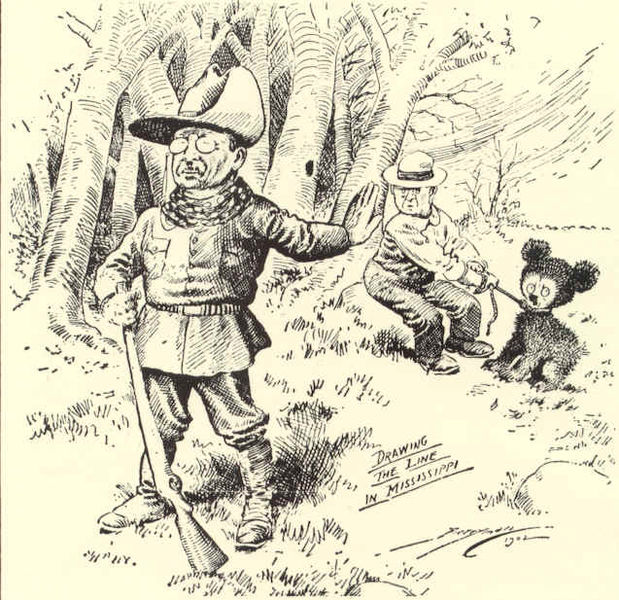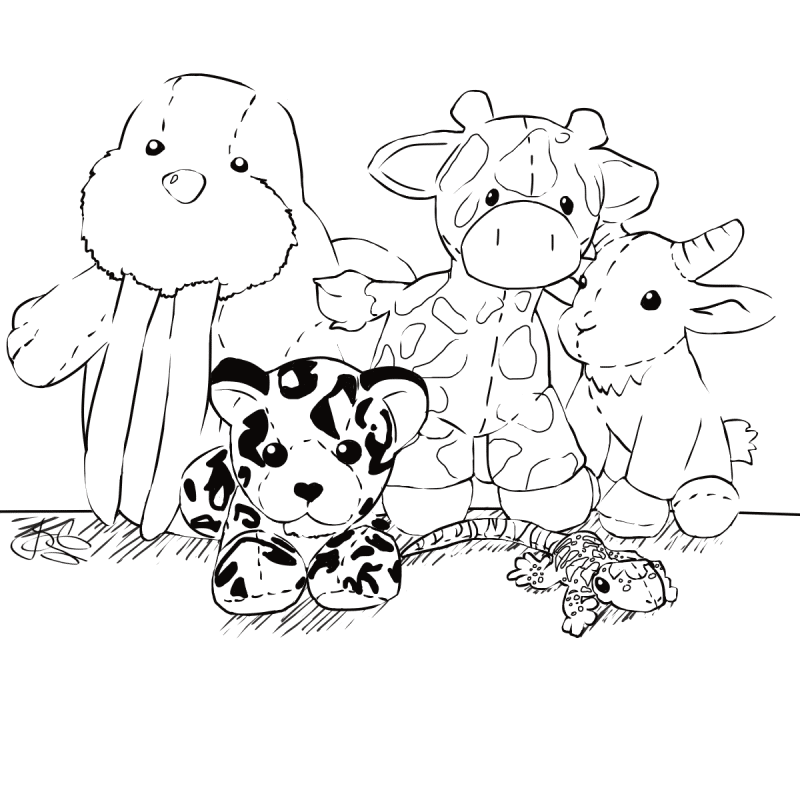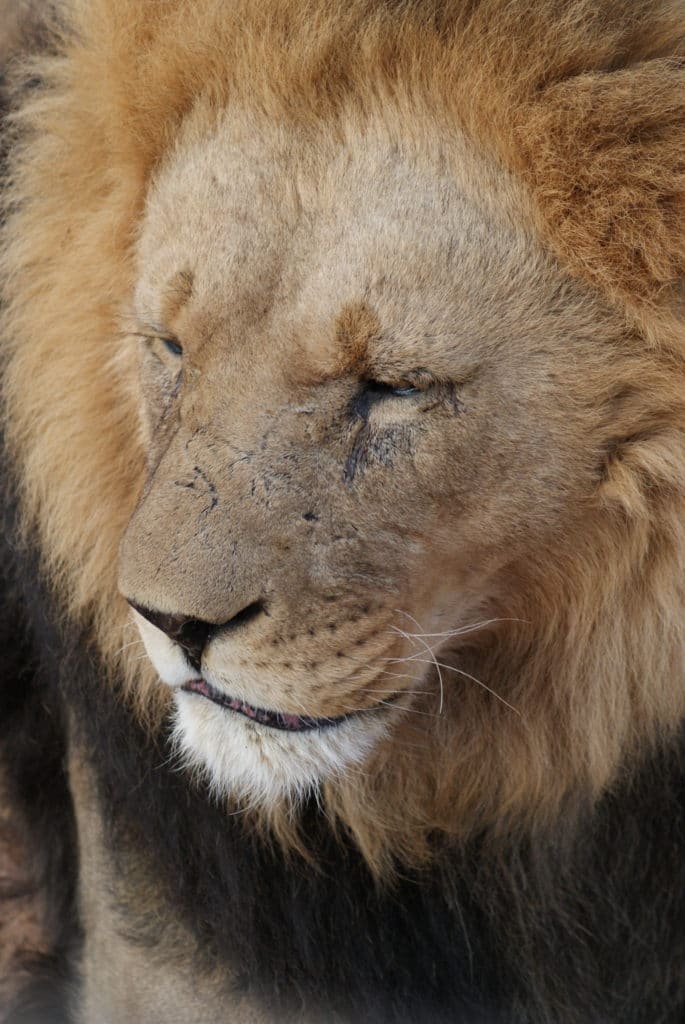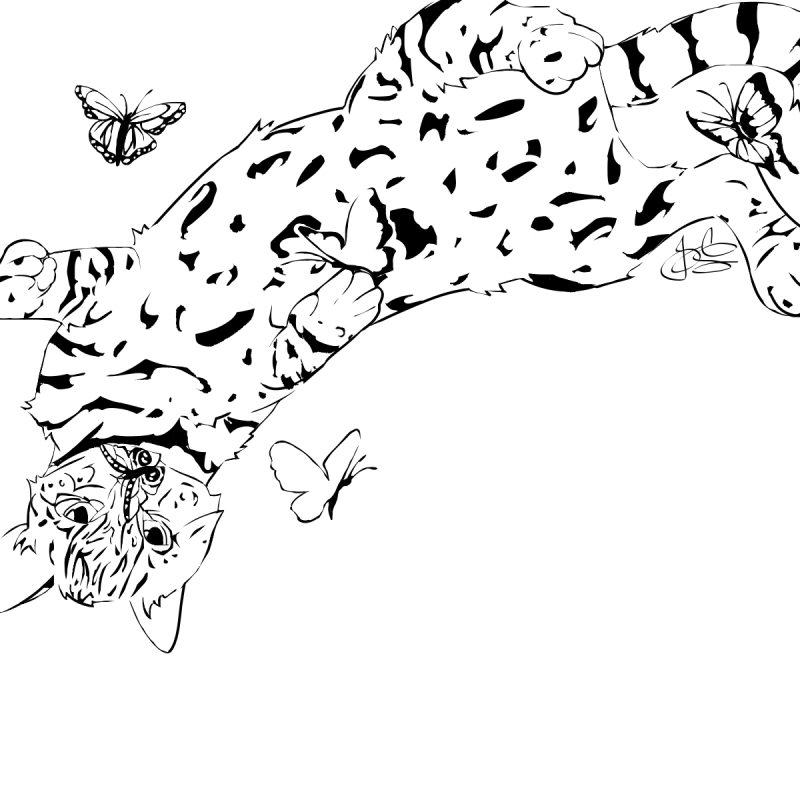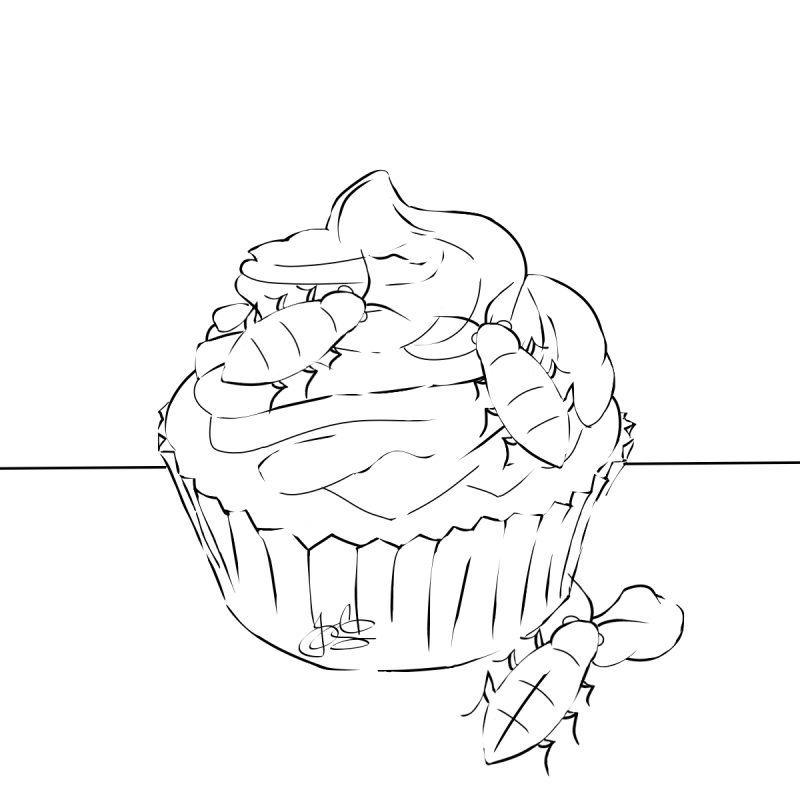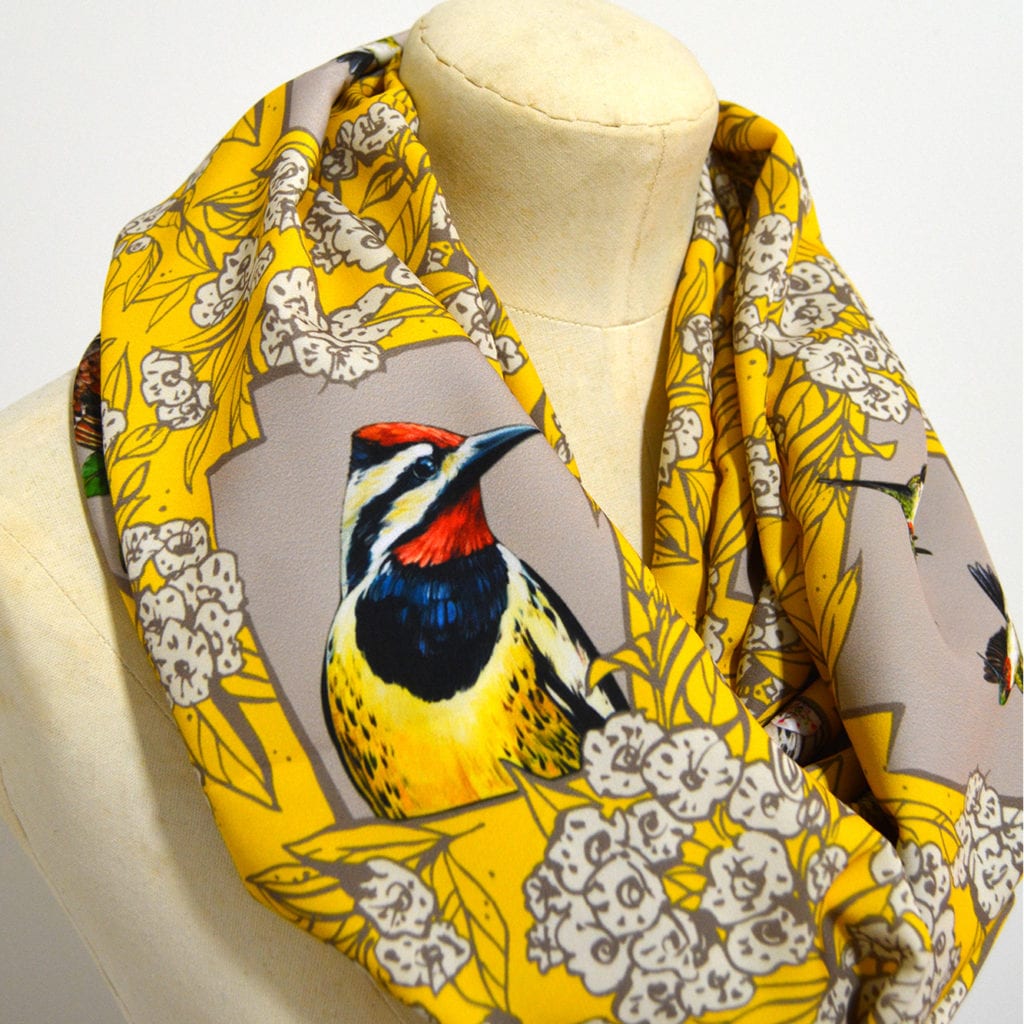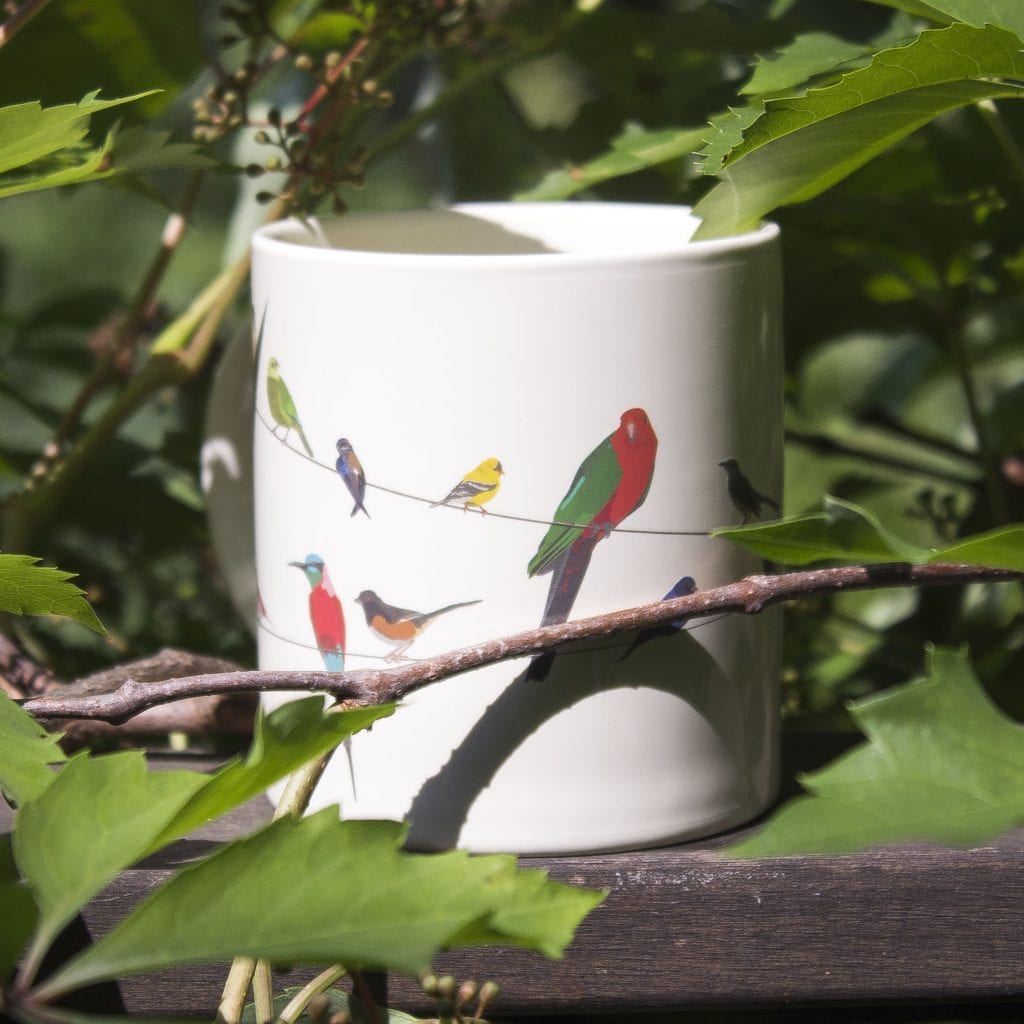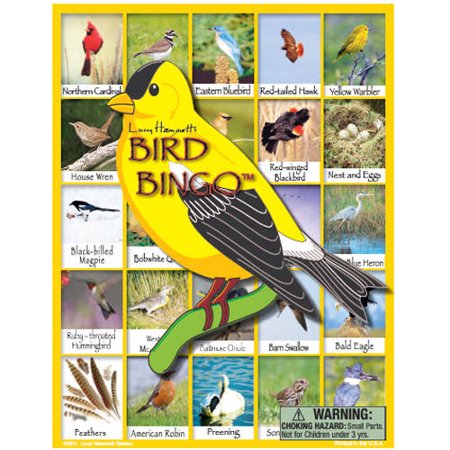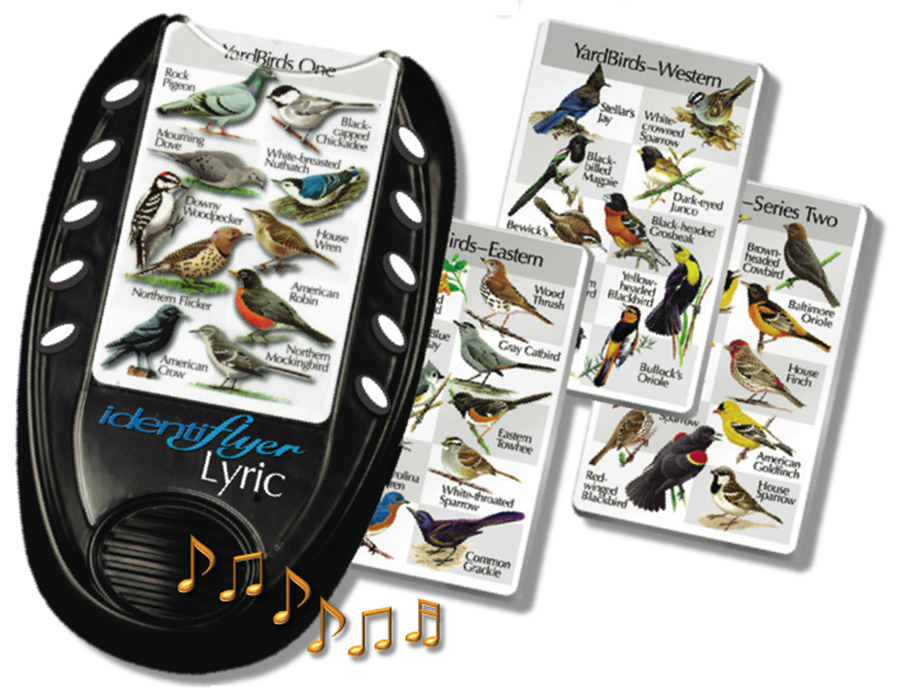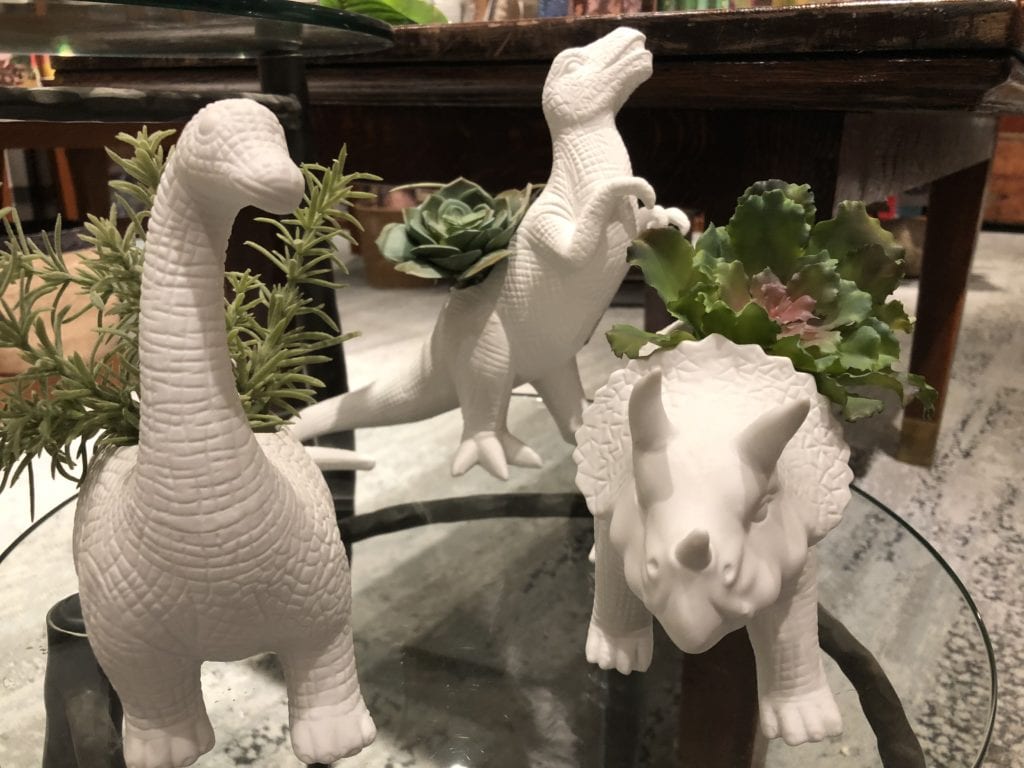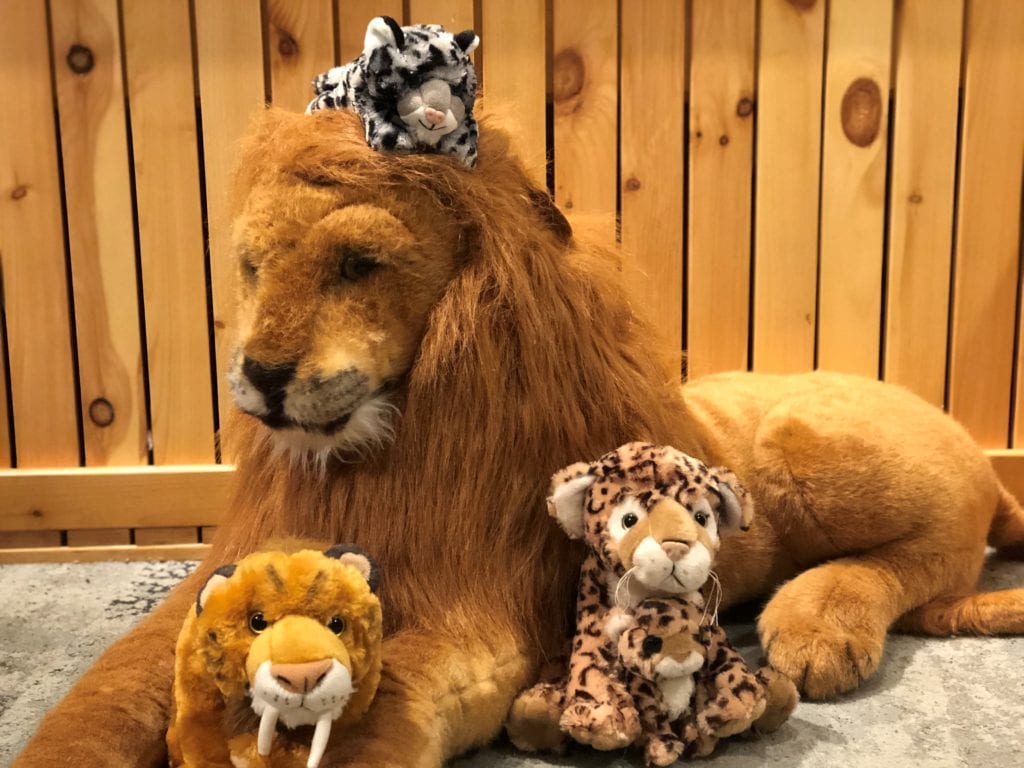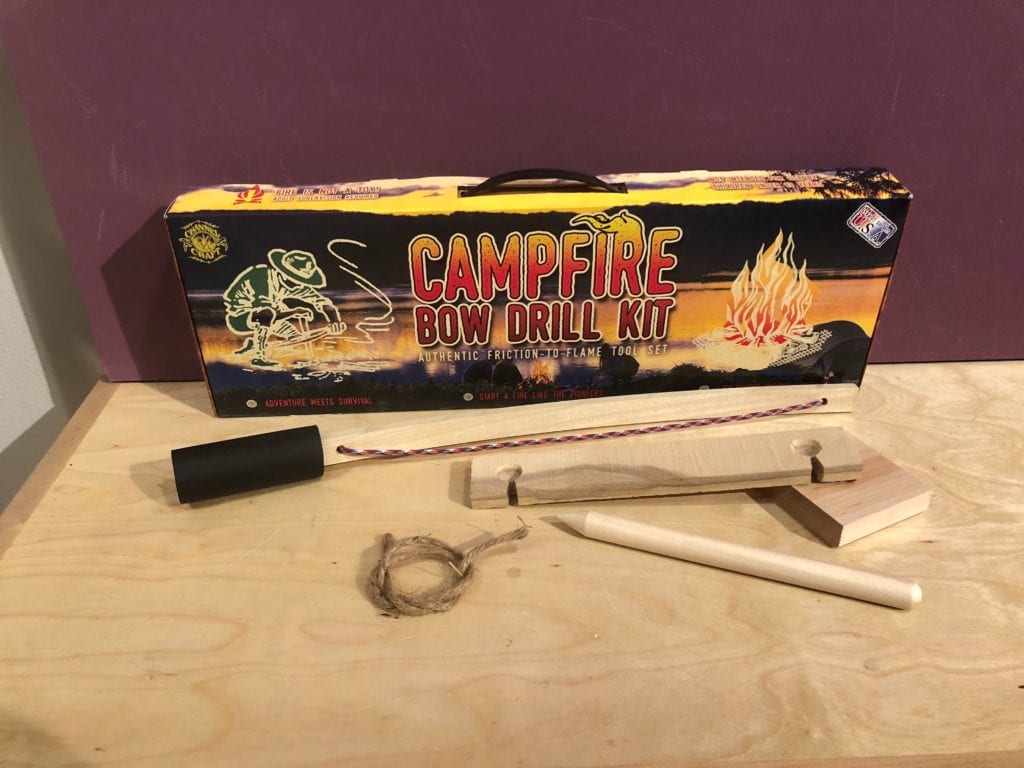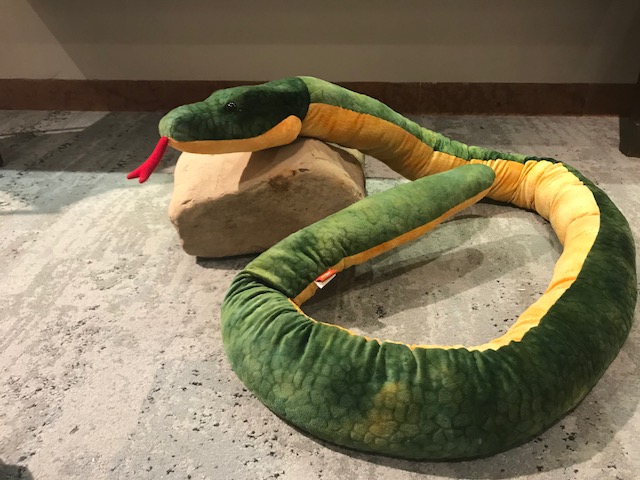by Dr. John R. Wible

Groundhogs (Latin name: Marmota monax) are mostly solitary; they dig and spend a lot of time in elaborate burrows. There is usually a main burrow entrance, a foot across with a mound of excavated dirt marking it, and several auxiliary exits. The burrow is designed with twists and turns so that it will not flood. Side chambers serve as suitable places to hibernate and as latrine, which when “full” is sealed off. Because of their digging pastime and the holes they create, groundhogs are seen as pests by many homeowners, fearing property damage, and horse owners, fearing injury to their steeds.
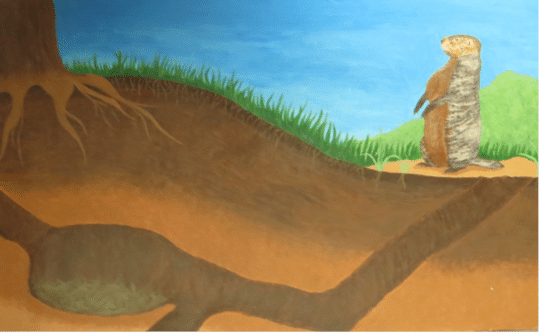
Once a year, in early February, the pest label for groundhogs is ditched for that of a weather prognosticator, our own Punxsutawney Phil is the prime example. However, for Western Pennsylvanians, the so-called pest activity of one groundhog led to one of the most important scientific discoveries of our region: the renowned archaeological site of Meadowcroft Rock Shelter in Washington County. As a child growing up on the property, Albert Miller believed that Native Americans had been there. But proof did not come until 1955 when he was investigating an animal burrow and discovered stone and ceramic artifacts. The rest is local history so to speak!
Early on, the burrow was said to belong to a badger. But there is only a single record of a badger in Pennsylvania, believed to have been transported by train to Indiana County. Now, a groundhog is the suspected culprit responsible for the true discovery of artifacts at Meadowcroft. Perhaps Meadowcroft marmot would be an appropriate name!
John Wible, PhD, is the curator of the Section of Mammals at Carnegie Museum of Natural History. Museum employees are encouraged to blog about their unique experiences and knowledge gained from working at the museum.
Related Content
Carnegie Museum of Natural History Blog Citation Information
Blog author: Wible, JohnPublication date: February 2, 2022
